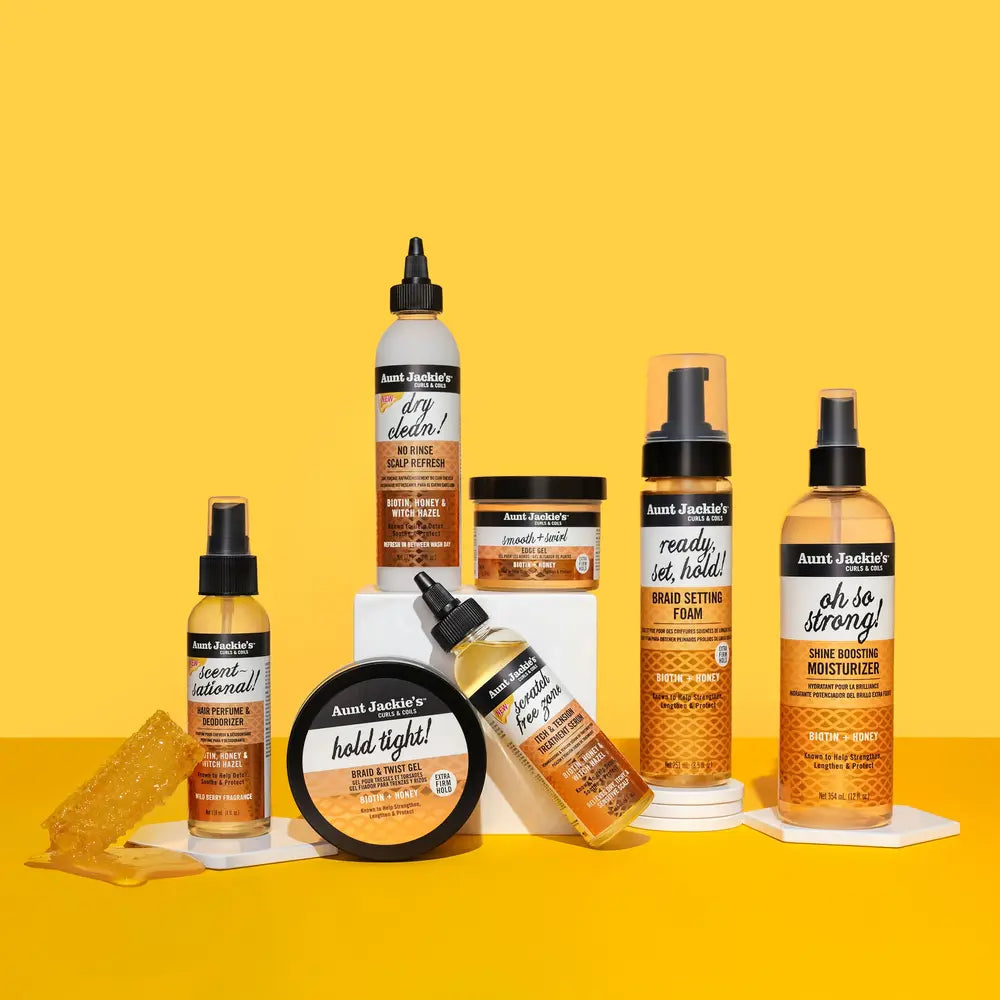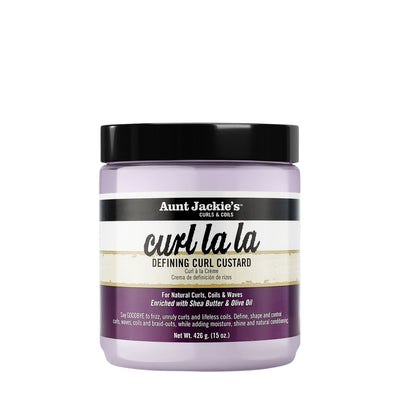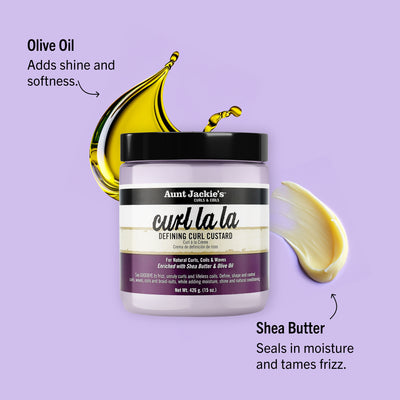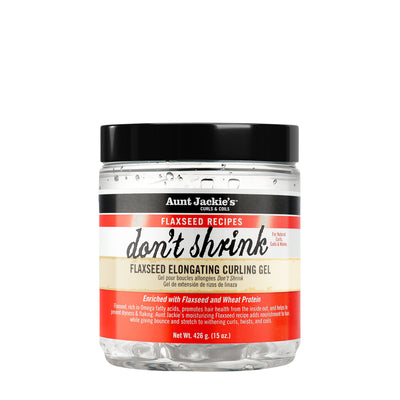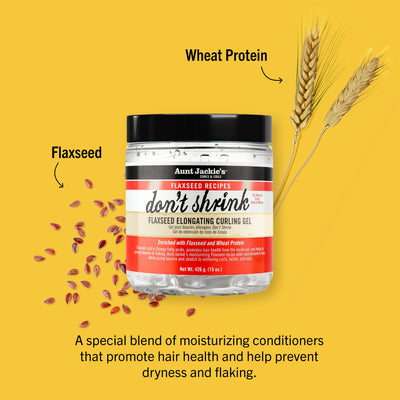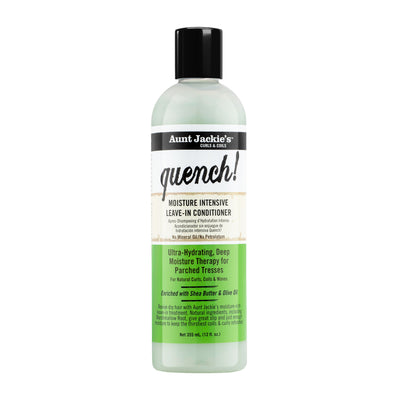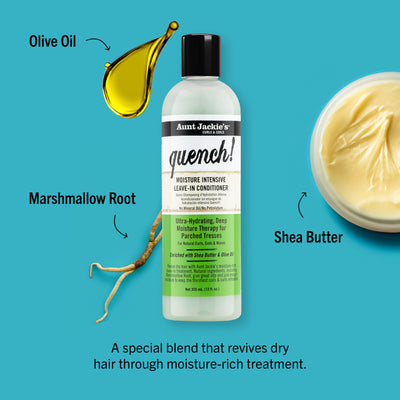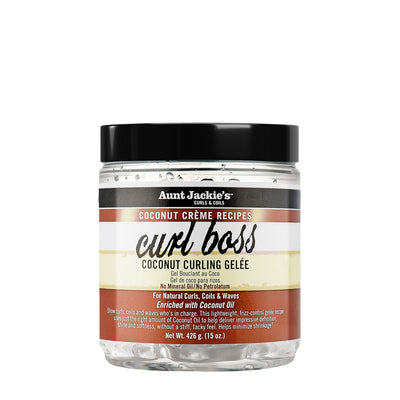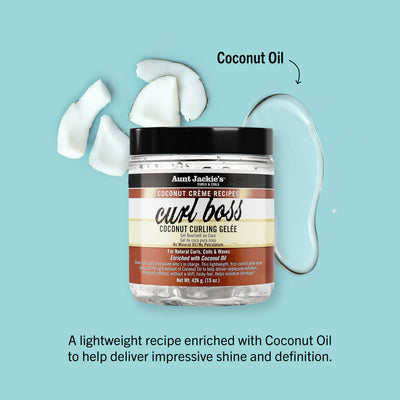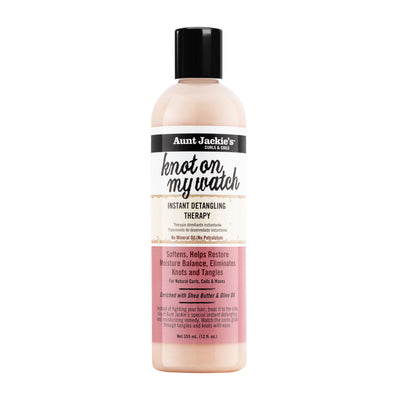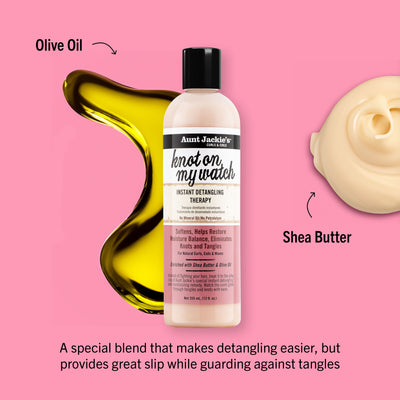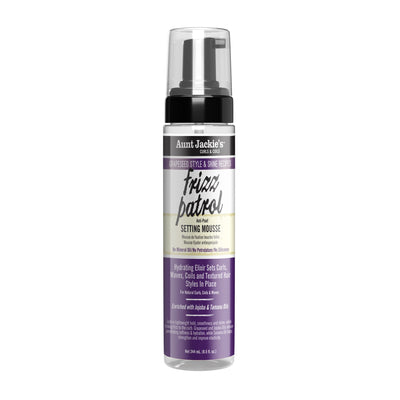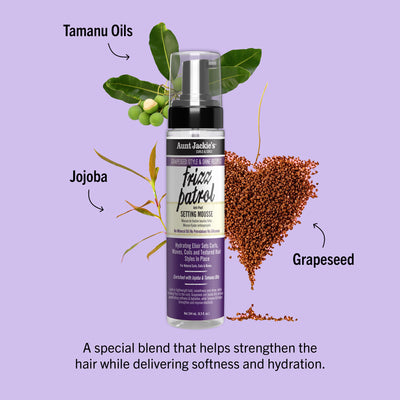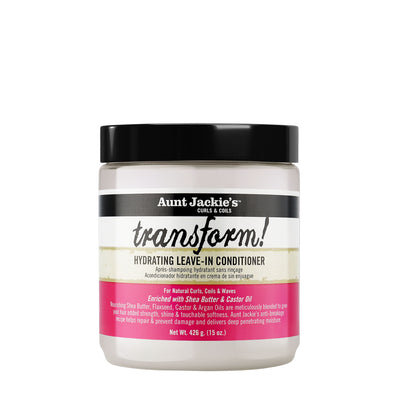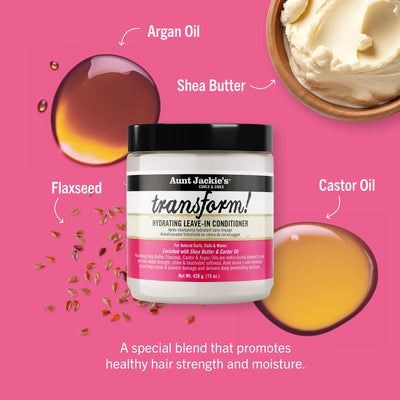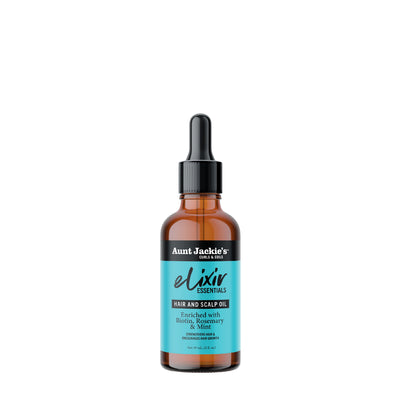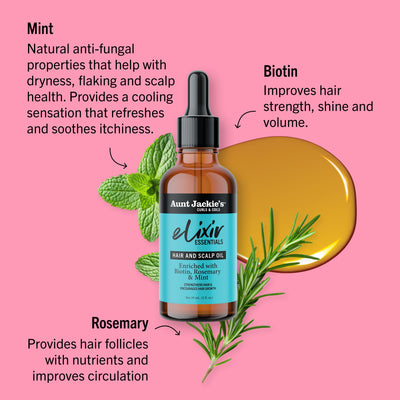Deep conditioning your hair is a process that is very much needed. Whether you choose to do it every week or opt to do it bi-weekly, it’s something that should not be skipped. If you’re looking for the best way to get the most out of your deep conditioning process, check out these six tips.
Why Deep Conditioning is Essential for Natural and Damaged Hair
Deep conditioning is a nourishing hair treatment designed to penetrate the hair shaft and deliver intense moisture, strength, and nutrients. Unlike regular conditioners that simply coat the surface, a deep conditioner works from within to repair and revive hair health. This process is especially important for conditioning natural hair, which tends to be more prone to dryness due to its curl pattern, as well as for deep conditioning damaged hair caused by heat styling, chemical treatments, or environmental stress.
For natural textures, especially 4b and 4c hair, deep conditioning is a game-changer. These hair types have unique coils that make it difficult for natural oils to travel from the scalp to the ends, often leaving strands dry and brittle. Deep conditioning helps restore moisture, improve elasticity, and reduce breakage, making curls softer, shinier, and more manageable.
Understand Your Hair’s Needs Before You Start
When it comes to conditioning natural hair, your hair type plays a big role in how often you need to deep condition and the kind of products that work best.
-
4B Hair:
4B hair has a tighter “Z-shaped” pattern that tends to shrink and dry out quickly. Deep conditioning 4b hair usually requires rich, creamy masks packed with shea butter, avocado oil, or honey to penetrate and soften the strands. Most people with 4B hair benefit from deep conditioning once a week to maintain elasticity and moisture.
-
4C Hair:
With its densely packed coils, deep conditioning 4c hair is all about combating dryness and breakage. Because 4C strands have even fewer natural oils reaching the ends, weekly deep conditioning with strengthening ingredients is essential. Steam or heat caps can also help products absorb more effectively.
-
Straight or Wavy Hair:
These textures retain natural oils more easily, so deep conditioning is more about random nourishment rather than constant moisture replenishment. A lightweight, hydrating mask every 2–4 weeks is usually enough to keep hair smooth and shiny without weighing it down.
Best Tips To Make Your Deep Conditioning Process Better
Let it sit -
Unlike regular conditioners, deep conditioners should sit on your hair anywhere between 15 and 30 minutes. But be careful, leaving your deep conditioner in for an extended period of time can cause you to over-condition your hair. And as a result, you can cause your hair to become weak and fragile.
Do it regularly
If you’re not deep conditioning your hair regularly, you should definitely start. Although “regular” depends on your shampoo routine, you can start off trying it every week. If your hair begins to fill limp or weak, try spacing it out to every two or three weeks. Hair that is deep conditioned regularly will become more manageable, less prone to breakage, softer, and encounter less frizz. The Coco Repair - Deep Conditioner is one of the best to have handy.
Make sure it has all the right ingredients
As with all of your products, you want to ensure that the ingredients in them are the right ones. Depending on what your hair needs, this will tell you what type of ingredients you should be looking for in a deep conditioner. For example, if you need extra moisture, searching for oils, butters or humectants, like shea butter, avocado, and grapeseed oil, will be helpful. Our Rescued! Thirst Quenching Recovery Conditioner can be a great deep conditioner to look into for that.
Add steam
Take your deep conditioning to the next step. Adding heat or steam to your deep conditioning routine can make your hair softer and add a moisture boost. This process also gently lifts your cuticle and improves elasticity.
Apply correctly
Unlike shampooing, regular conditioning and deep conditioning requires you to focus on the ends of your hair instead of your scalp. By focusing on your ends, you allow them to absorb your deep conditioner and help prevent your hair from breakage and splitting. Your ends need more attention then you’re probably giving them and deep conditioning can help with that.
Don’t try to make it multi-use
Deep conditioners are not supposed to be used as a co-wash or as a leave-in. Although they can provide an enjoyable feeling to your tresses, if applied in the wrong manner, it can actually do more harm to your hair than you think. The primary function of deep conditioners are to stick to your hair so if you are applying it daily as a leave-in or using it as a co-wash, it can actually cause build up on your hair and scalp. And no one wants that.
Rinse Properly and Lock in the Moisture
After cleansing your hair, finish with a cool water rinse to help seal the cuticles. This simple step smooths the hair’s outer layer, enhancing shine while locking in the nutrients from your conditioner. Once the excess water is gently squeezed out, apply a leave-in conditioner, keeping moisture inside the hair shaft and leaving your strands soft, hydrated, and manageable throughout the day.
Choose the Right Deep Conditioner for Your Hair Type
Not all deep conditioners are created equal, your hair’s unique texture and needs determine which formula will deliver the best results. Aunt Jackie’s offers a range of nutrient-rich deep conditioners designed to nourish, repair, and define every curl pattern. Here’s how to pick the perfect one for your hair type:
- For Dry, Brittle Hair
If your strands feel rough, dull, or brittle, Aunt Jackie’s Rescued! Thirst Quenching Recovery Conditioner with shea butter and grapeseed oil delivers moisture, strength, and softness to revive parched hair.
- For Curly or Coily Hair
Tighter textures thrive with deep hydration, and Aunt Jackie’s Curls & Coils Fix My Hair Masque infused with flaxseed, mango butter, and avocado oil—nourishes, strengthens, and enhances curl definition and elasticity.
For best results, apply your chosen Aunt Jackie’s deep conditioner to clean, damp hair, cover with a plastic cap, and let it sit for at least 10–15 minutes (or use gentle heat) to allow the ingredients to penetrate deeply. Then rinse thoroughly. Towel blot hair and style as usual.
FAQs
- How often should you deep condition your hair?
1–2 times a week is ideal for most hair types, though very dry or damaged hair may benefit from more frequent treatments.
- How long should you deep condition your hair?
Typically, 10–30 minutes, depending on your hair’s needs and the product instructions.
- Should you apply deep conditioner to wet or dry hair?
Apply to clean, damp hair for best absorption and even coverage.
- Can deep conditioning help with hair growth?
While it doesn’t directly speed growth, deep conditioning strengthens hair, reduces breakage, and promotes healthier-looking strands.



